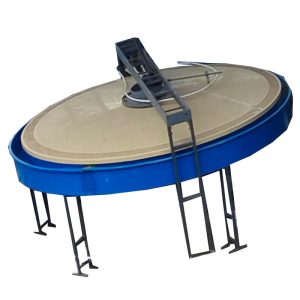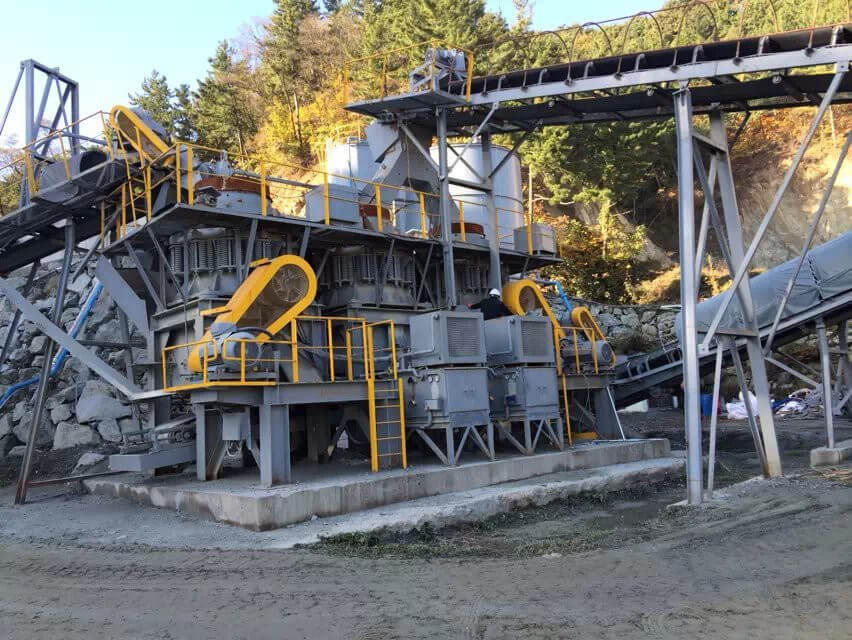
Shaker Table
Capacity: 0-2 T/H
Feeding Size: 0-2mm
Feeding Density: 15%-30%
Process Material: Gold, tin, tungsten, lead, manganese, tantalum, chrome, and so on precious metals, and nonferrous metals.
Shaker Table Overview
Table Surface Materials
Glass-reinforced plastics (glass fiber reinforced polyester resin) and aluminum alloy (laboratory use).
A shaker table is also known as a gold shaking table, gold separation table, or concentrating table. It is a fine gold recovery equipment common in the gold shaker wash plant, alluvial gold mining plant to separate concentrates, medium concentrates, and tailings according to material density and grain size.
Gold mining shaker table can not only be used as an independent beneficiation machine, but it often works with jig separator machines, centrifugal concentrators, sluice boxex, flotation equipment, magnetic drum separator, spiral classifier, and other ore dressing equipment.
Shaker Table Types
- Seated table and suspended table
- Single-layer shaker and multi-layer shaker
- Coarse particle (2~0.5mm), fine gold (0.5~0.2mm)
- RP4 shaker table, 6-s shaker
- Industrial shaker table, mini gold shaker table, lab shaker table, portable shaker table
Advantages
Shaker Table Advantages
- High efficiency, separate the gold concentrate and tailings at the same time
- Easy to install, operation, and maintenance
- Adjustable stroke length and speed
- Low investment, long service life
- Flexible and portable
Structures & Working Principle
Shaker Table Structure
The main parts of a shaking table are head, electric motor, slope regulator, ore tank, water tank, compound strip, and lubrication system.

Shaking Table Working Principle
Shaking table mineral separation is an inclined table, the combined action of the symmetrical reciprocating motion of a mechanical slab and the flow of water on a thin inclined plane, causes loose layering and zoning of ore particles on the table surface, thereby causing the mineral separation process to be carried out according to different densities.
Technical Parameters
| Deck type | Unit | Course sand | Fine sand | Slime Deck | Three different kinds of decks are available | |||
| Beneficiation Area | m2 | 7.6 | 7.6 | 7.6 | 4.08 | 1.95 | 0.5 | |
| Deck Size | Length | mm | 4450 | 4450 | 4450 | 3000 | 2100 | 1100 |
| transmission end width | mm | 1855 | 1855 | 1855 | 1320 | 1050 | 500 | |
| Concentrate end width | mm | 1546 | 1546 | 1546 | 1100 | 850 | 430 | |
| Maximum Feeding Size | mm | 2 | 0.5 | 0.15 | 0.1-2 | 0.074-2 | 0.074-2 | |
| Process Capacity | t/h | 1.5-2 | 0.8-1.5 | 0.5-0.8 | 0.4-1.5 | 0.3-0.8 | 0.05-0.2 | |
| Feeding Density | % | 25-30 | 20-25 | 15-25 | 10-30 | |||
| Stroke | mm | 16-22 | 11-16 | 8-16 | 6-30 | 12-28 | 9-17 | |
| Frequency | f | 45-48 | 18-53 | 50-57 | 210-320 | 250-450 | 280-460 | |
| Water added | t/d | 80-150 | 30-60 | 10-17 | 0.3-1.5t/h | 0.2-1t/h | 0.1-0.5t/h | |
| Transverse slope of Deck | ° | 2° 30-4° 30 | 1° 30-3° 30 | 1° -2° | 0 -10° | 0 -8° | 0 -10° | |
| Longitudinal slope of Deck | ° | 1.4 | 1.4 | 0.92 | —— | —— | —— | |
| Cross-section Shape of Deck | rectangular | saw tooth | triangle | Avaliable rectangular, saw tooth, triangle | ||||
| Motor Power | KW | 1.1 | 1.1 | 1.1 | 1.1 | 1.1 | 1.1 | |










